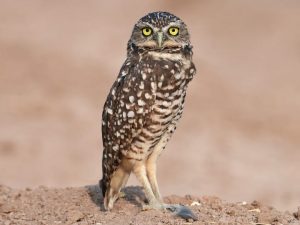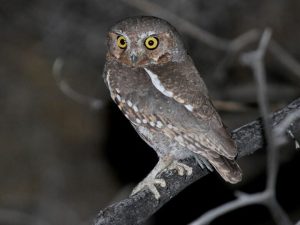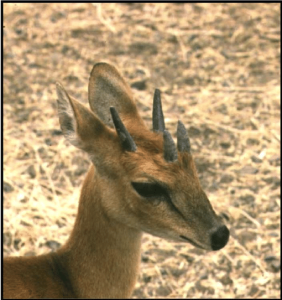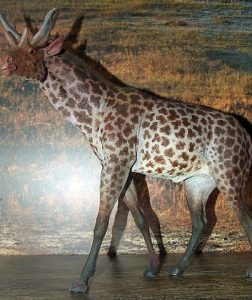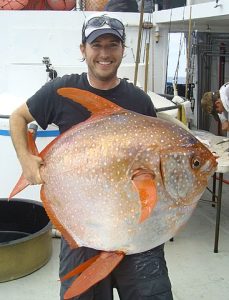Podcast: Play in new window | Download (Duration: 6:41 — 7.9MB)
Thanks to Eva for suggesting the adorable volcano rabbit this week!
Further watching:
The volcano rabbit is not a volcano but it is a very small rabbit:
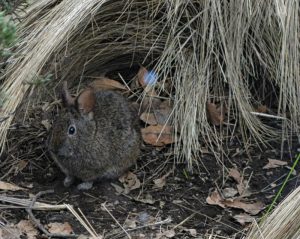
The volcano rabbit is SO CUTE:
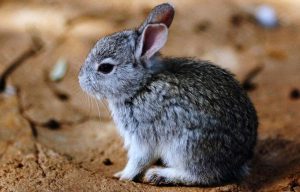
The American pika looks kind of like its rabbit cousin [photo by Justin Johnsen, CC BY-SA 3.0, https://commons.wikimedia.org/w/index.php?curid=91574]:
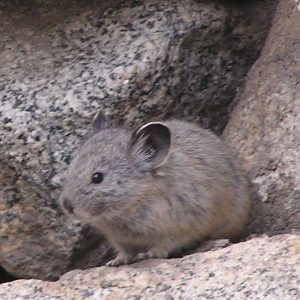
Show transcript:
Welcome to Strange Animals Podcast. I’m your host, Kate Shaw.
This week we have a suggestion from Eva, who wanted to learn about volcano rabbits! What are volcano rabbits? Do they shoot lava at their enemies? Let’s find out! (No, they don’t shoot lava. Sorry. That’d be awesome!)
The most important thing to know about the volcano rabbit is how small it is. It’s almost the smallest rabbit known. It typically only grows about 9 inches long, or 23 cm, and that’s when it’s stretched out. Rabbits usually sit more bunched up, which makes it look even smaller. Its ears are small and rounded, its tail is short even for a rabbit, and its legs are short. Its fur is also short and very thick, mostly grayish-tan in color.
The second most important thing to know about the volcano rabbit is how rare and endangered it is. That’s because it only lives in one small part of Mexico, specifically on the upper slopes of four volcanoes. Because people also live in this area, which isn’t far from Mexico City, the rabbits’ natural range is fragmented by human-made obstacles like highways that are dangerous for it to cross, along with habitat destruction from logging, livestock grazing, and the building of new houses. People even hunt the rabbit even though it’s a protected animal. We don’t know for sure how many of the volcano rabbits are left in the wild, but the best estimate is around 1,200 rabbits in small populations that are often widely separated. It’s even been declared extinct on another volcano where it used to live, although there may be a small population still hanging on.
The volcano rabbit prefers open woodland in higher elevations where there’s plenty of tall, dense grass native to the area. It makes rabbit-sized tunnels through the grass so it can move around undetected by predators. It also mostly eats this grass. It’s most active at dawn and dusk, which also helps it hide from predators.
When a volcano rabbit does feel threatened, it doesn’t thump its feet to alert other rabbits of danger. Instead, it gives a little alarm squeal. This is really unusual in a rabbit, but it’s something the pika does, and the pika is closely related to rabbits. The pika lives in parts of central Asia and western North America, especially in cold areas like mountaintops. It’s so well adapted to the cold that it can die if the temperature climbs over about 78 degrees Fahrenheit, or 25 Celsius.
The American pika actually looks a lot like the volcano rabbit in some ways, although it’s less rabbit-like in shape and more rodent-like, although it’s not a rodent. It’s a lagomorph. It’s about the same size or a little smaller than the volcano rabbit, with short legs and dense grayish-brown fur that grows longer in winter. It especially likes places with a lot of rocks, since it makes its home in little cracks and crevices between rocks. It prepares for winter by harvesting the plants it eats and storing them in little haypiles. Since it doesn’t hibernate, it needs plenty of food for times when snow and ice make it hard to find plants.
The pika is intensely territorial, because it doesn’t want any other pikas sneaking around eating up its hay, but it does communicate with other pikas. During breeding season the males will make a singing call to attract a female, and all pikas will call to warn others of a predator nearby. I couldn’t find any recordings of a volcano rabbit, but this is what an American pika sounds like:
(wait for it…)
[pika beeping]
Like other rabbits, the volcano rabbit eats grass and other plant parts. The problem is that most of the plants in its habitat are not very high in protein. The more fragmented its habitat is, the harder it is for the rabbits to find enough food to survive, much less to also reproduce. Every time someone decides to let cattle or other livestock graze on the local plants, the rabbits have that much less food.
Fortunately, conservationists in Mexico are working on educating people so they know this cute little rabbit is a protected species. Captive breeding programs are underway too, and parts of the volcanoes where the rabbit lives are within the bounds of a national park. There are plans to create safe corridors to link the rabbit’s fragmented habitats so it can come and go without getting squished by cars, and to restore its range with more native plants so it has plenty of food.
You might worry that the volcano rabbit, besides having all these issues with habitat loss and habitat fragmentation, is also in danger of its volcano home erupting. The volcanoes where it lives are active, but only one of the four poses any danger, and that volcano has erupted repeatedly in the last several hundred years without affecting the volcano rabbit. It actually even had a small eruption in May 2023. Schools in the area were closed for a few days, but no one was hurt, not even a rabbit.
You can find Strange Animals Podcast at strangeanimalspodcast.blubrry.net. That’s blueberry without any E’s. If you have questions, comments, or suggestions for future episodes, email us at strangeanimalspodcast@gmail.com. We also have a Patreon at patreon.com/strangeanimalspodcast if you’d like to support us for as little as one dollar a month and get monthly bonus episodes.
Thanks for listening!
